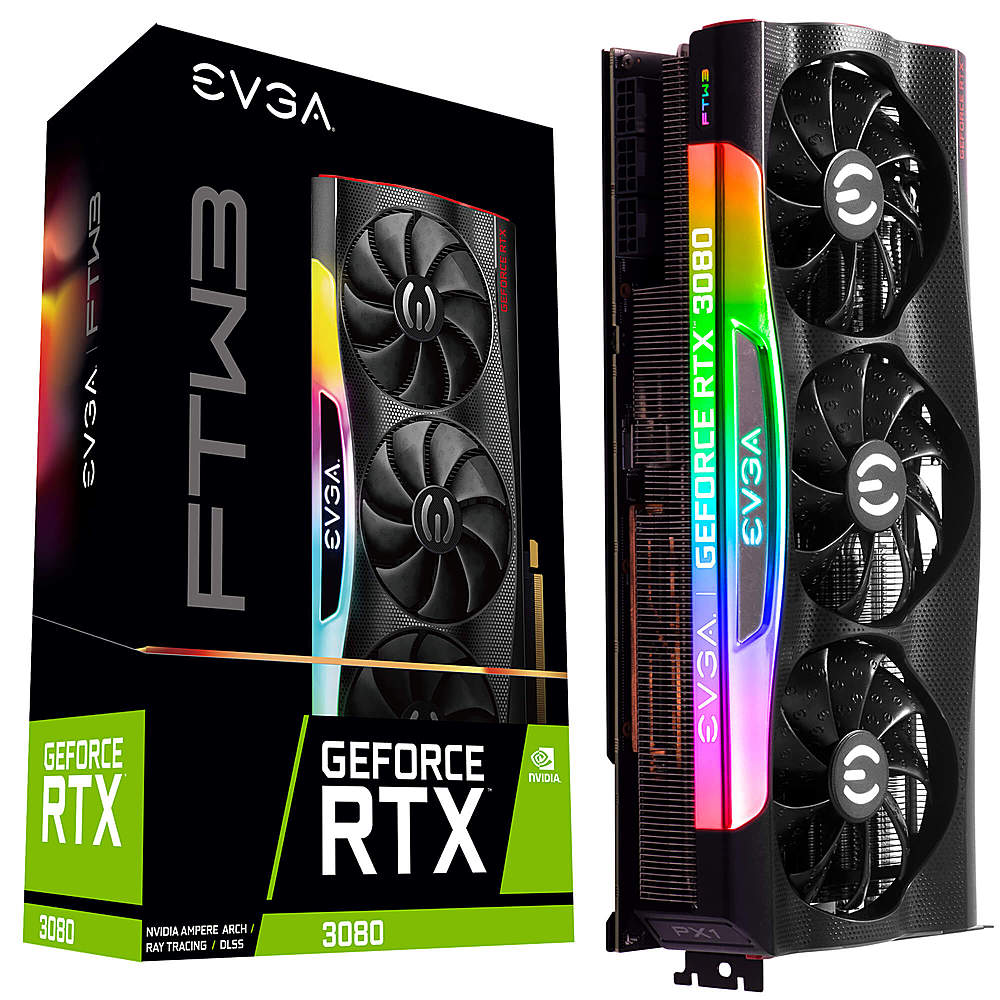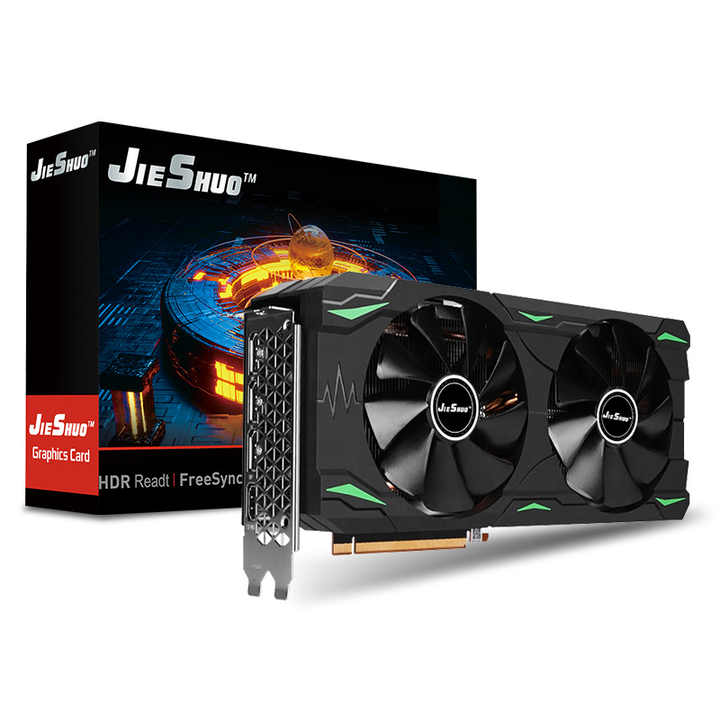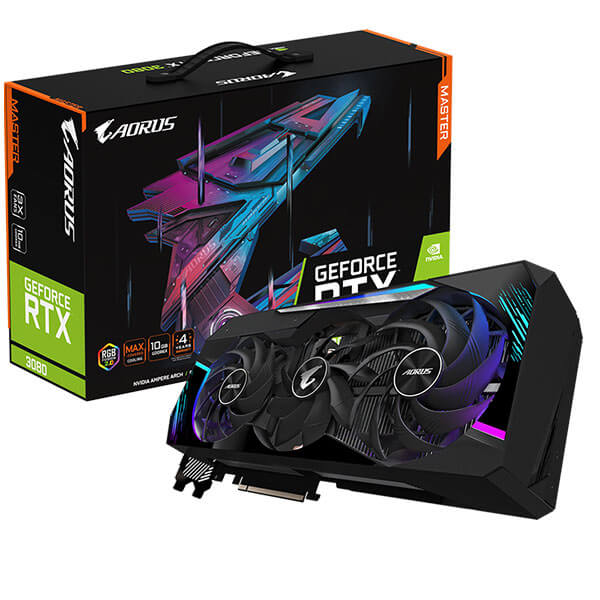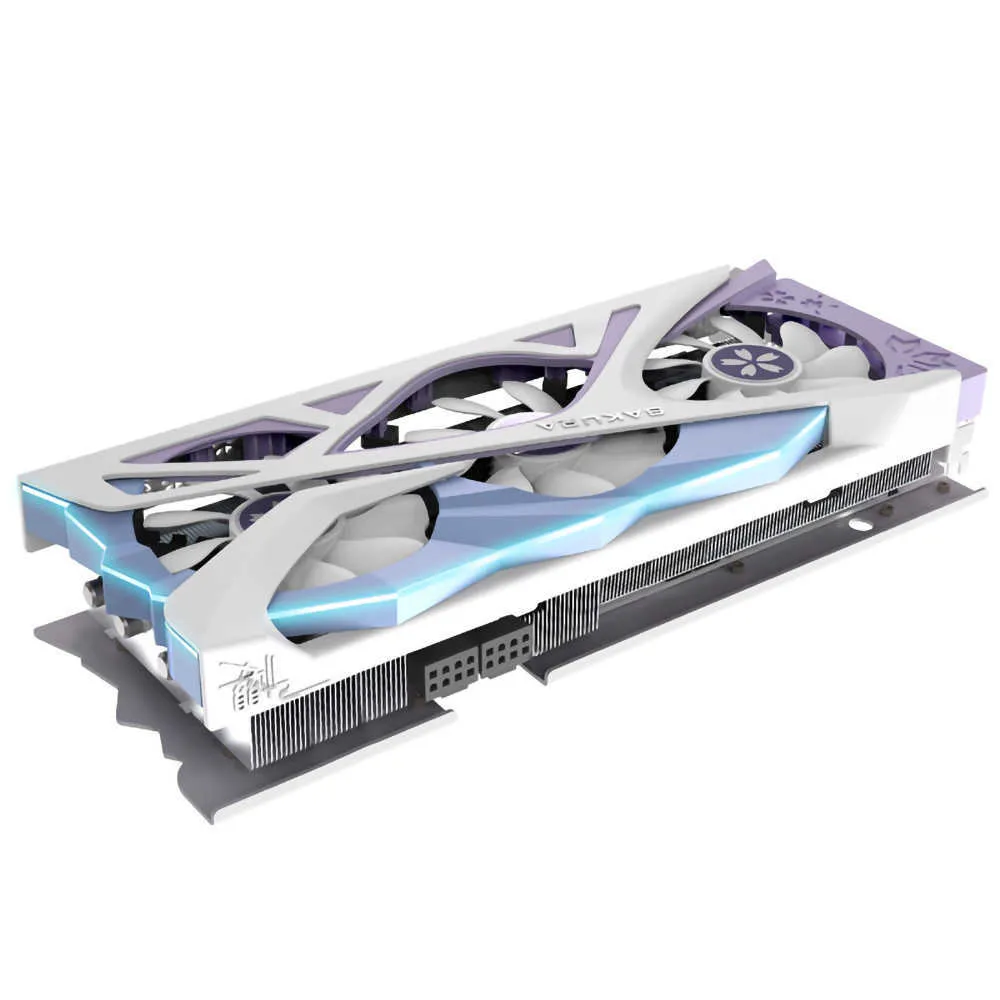The RTX 3080 graphics card is a powerhouse for gaming and creative tasks, and optimizing it can unlock its full potential. Ensuring that your system is fine-tuned not only improves performance but also enhances your overall gaming or creative experience. By following a few essential steps, you can maximize the efficiency and longevity of your RTX 3080 graphics card PC. This guide will provide practical advice on how to optimize your PC system effectively.
Ensuring Optimal Power Supply
Selecting the Right Power Supply Unit (PSU)
The RTX 3080 graphics card PC is a high-demand component that requires substantial power. To properly run the card under load, a PSU with a minimum rating of 750 watts is recommended. This ensures stable performance, especially during intense gaming or rendering sessions. When choosing a PSU, opt for one with an 80 Plus Gold or Platinum rating, as these models provide efficient power delivery and minimize energy waste. A reliable PSU not only powers your GPU effectively but also protects all other components from unstable voltages.
Cable Management
Good cable management is another crucial factor that can affect system performance. Properly organized cables help maintain airflow within the case, which is vital for all components, including the RTX 3080 graphics card PC. Using cable ties or clips can keep cables out of the way of airflow paths, allowing the GPU to receive sufficient cooling. When cables are tangled or blocking fans, they can generate additional heat, risking thermal throttling. A clean setup enhances visibility and creates a visually appealing workspace, promoting a more enjoyable gaming or work environment.

Keeping the System Cool
Implementing Effective Cooling Solutions
The RTX 3080 graphics card PC can generate considerable heat, especially when handling graphics-intensive tasks. Therefore, implementing effective cooling solutions is paramount. Beyond using quality case fans, consider aftermarket GPU coolers that provide superior heat dissipation. These coolers often come with advanced designs that improve airflow over standard models. Liquid cooling is another viable option for those who want maximum performance. A well-placed cooling solution can help maintain optimal temperatures, preventing thermal throttling and extending the lifespan of your GPU.
Monitoring Temperatures
Regularly monitoring temperatures is essential for preserving the functionality of your components. Software like MSI Afterburner or HWMonitor allows you to keep an eye on GPU temperatures in real-time. By setting temperature thresholds, you can receive alerts if your system becomes too hot. In gaming scenarios, aiming to keep your RTX 3080 under 80 degrees Celsius is a good practice. If you notice temperatures frequently exceeding this limit, it may be time to re-evaluate your cooling setup or consider increasing case airflow through fan upgrades or adjustments.
Updating Drivers
Regularly Update NVIDIA Drivers
Keeping your GPU drivers up to date is non-negotiable for achieving optimal performance. NVIDIA often releases drivers designed to improve compatibility and performance across a broad range of games. To ensure you always have the latest updates, make use of NVIDIA’s GeForce Experience software. This tool not only alerts you to new driver versions but also simplifies the installation process. Regular updates enhance performance in newly released titles and resolve existing bugs, making gaming and content creation smoother and more enjoyable.
Customizing Driver Settings
NVIDIA Control Panel offers a wealth of customization options that can vastly improve your RTX 3080’s performance. Accessing this panel allows you to adjust graphical settings on a per-game basis. For instance, you might want to increase the texture quality in a game where visuals matter more than frame rates. Similarly, turning off V-Sync can provide a more fluid gaming experience if you’re okay with managing screen tearing. By fine-tuning the settings for each title, you can achieve the best possible balance between performance and graphical fidelity, ensuring an optimal gaming experience.

Managing Game Settings
Optimize In-Game Settings
Every game has its own set of graphical settings, many of which can tightly impact performance. Start by lowering options that are known to cause lag, like shadow quality, resolution, and post-processing effects. Even subtle adjustments can lead to drastic improvements in frame rates. Utilize the in-game benchmarking tools to determine the best settings for your system. Some games allow players to select presets (like low, medium, or ultra) which automatically configure these settings. However, sometimes, going through individual settings can yield a more tailored outcome that caters specifically to the capabilities of your RTX 3080 while still delivering an excellent visual experience.
Utilizing DLSS Technology
One of the standout features of NVIDIA’s RTX series is DLSS (Deep Learning Super Sampling). This AI-driven technology boosts frame rates while retaining high image quality. Many recent games support DLSS, allowing you to run them at higher resolutions without sacrificing performance. By enabling DLSS, you may enjoy visuals that rival traditional rendering techniques while significantly increasing your FPS. This is especially useful for gamers who wish to play at higher settings without extensive performance drops, allowing for a stunning gaming environment without the hardware strain.
Overclocking for Performance
Understanding Overclocking Basics
Overclocking can provide a noticeable performance enhancement for your RTX 3080. This involves increasing the GPU’s clock speeds beyond the manufacturer’s specifications. However, understanding the fundamentals of overclocking is crucial before diving in. Utilize software like MSI Afterburner to adjust clock speeds and memory settings while keeping an eye on performance metrics. A careful, gradual approach helps mitigate risks. A common practice is to increase the clock speeds in small increments followed by stability tests to gauge the effects of your changes.
Conducting Stress Tests
Once you’ve adjusted the overclock settings, conducting stress tests is essential to ensure stability. Programs like Unigine Heaven or FurMark can push your GPU to its limits, revealing its stability under pressure. Monitoring temperatures during these tests is vital; it’ll help ensure the GPU remains within a safe range. If the graphics card becomes unstable, consider rolling back to conservative settings. Overclocking can significantly boost performance, but safety is paramount. Understanding how to balance performance gains with the reliability of your system is key to successful overclocking.

Cleaning and Maintenance
Regular Dusting and Cleaning
Dust can accumulate over time, blocking fans and disrupting airflow within your PC. Establish a cleaning routine, checking your system every couple of months to keep it dust-free. Using compressed air makes it easy to blow dust from hard-to-reach areas without damaging components. Ensuring that the GPU and other components remain free of dust improves thermal performance. Not only does a clean setup benefit temperatures, but it also reduces wear and tear, prolonging the lifespan of the parts involved.
Checking Thermal Paste
Another critical aspect of maintenance involves checking and possibly replacing thermal paste. Thermal paste aids in conducting heat away from the GPU, facilitating effective cooling. Over time, this paste can dry out, degrading its heat transfer efficiency. When changing thermal paste, opt for high-quality brands that are known for excellent thermal conductivity. Regular assessments of thermal paste effectiveness can help maintain optimal temperatures and overall performance. Making this a part of your maintenance routine ensures that your RTX 3080 operates as efficiently as possible.
Conclusion
Optimizing your RTX 3080 graphics card PC is a multi-faceted process that encompasses hardware setup, software configurations, and ongoing maintenance. Ensuring that you have a quality power supply, effective cooling solutions, and updated drivers lays a strong foundation for high performance. Additionally, making informed adjustments to game settings, exploring overclocking, and maintaining cleanliness can dramatically enhance your experience. With careful consideration and consistent effort, you can maximize the potential of your RTX 3080. Doing so will not only improve gaming performance but also extend the longevity of your system. By embracing these optimization strategies, you’ll enjoy a smoother, more engaging experience in gaming, content creation, and beyond. Taking proactive steps will ensure you make the most out of your powerful graphics card for years to come.
